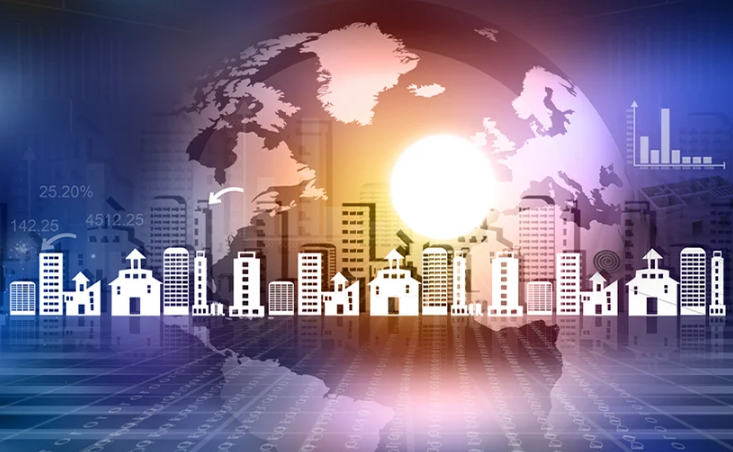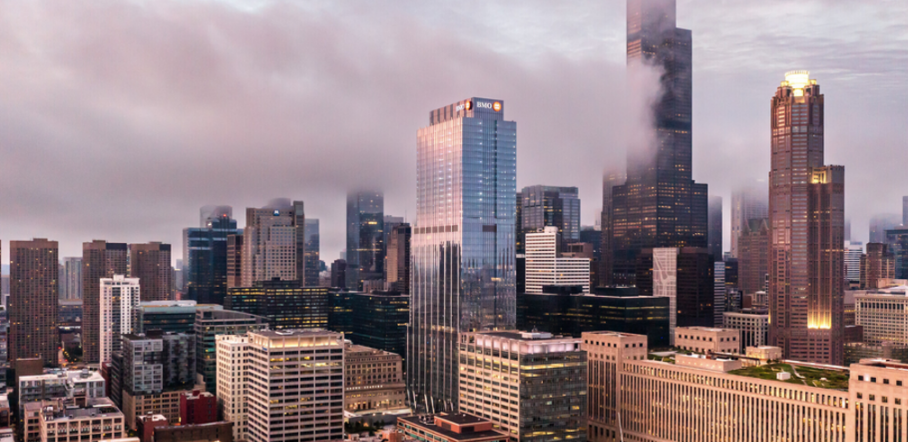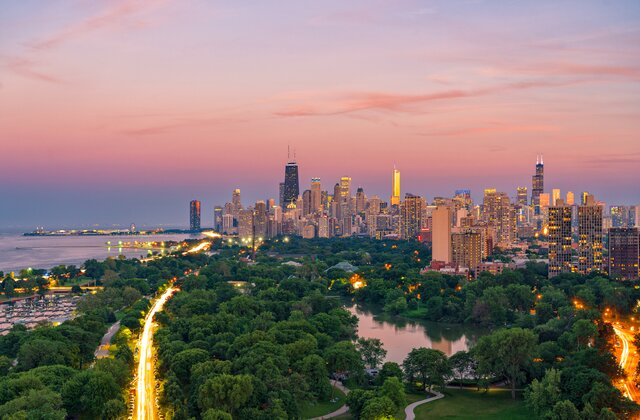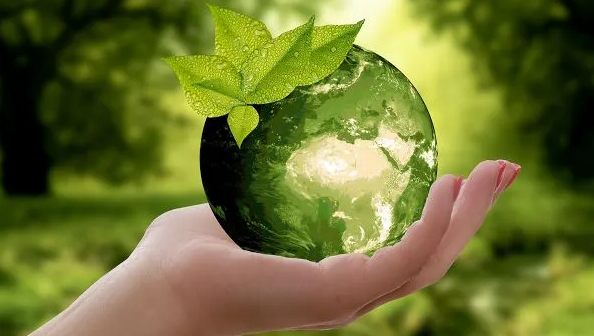The global real estate market is a complex landscape, shaped by diverse economic conditions, cultural preferences, and regulatory environments across continents. From the luxury skyscrapers of Dubai to the growing residential demand in Southeast Asia, real estate markets worldwide are both interconnected and unique. In this article, we’ll explore key global real estate trends, highlight prime investment areas, and share insights from real estate expert Hirsh Mohindra, who offers his perspective on what’s driving international property markets.
Key Trends in Global Real Estate
The global real estate market has experienced significant shifts over the past decade, influenced by changes in work patterns, economic shifts, and evolving consumer preferences. One of the most prominent trends is the increased demand for residential properties in suburban and rural areas. This shift, initially triggered by the COVID-19 pandemic, has proven to be more than a temporary trend, as many companies continue to embrace remote work models.
“The pandemic reshaped real estate on a global scale, pushing many people to rethink where and how they want to live,” said Hirsh Mohindra. “We’re seeing sustained interest in suburban and even rural properties, from North America to Europe and beyond, as people look for a higher quality of life and more space.”
At the same time, urban centers are making a comeback. Many cities around the world are focusing on mixed-use developments that combine residential, commercial, and recreational spaces in one area. These developments appeal to younger generations seeking a vibrant lifestyle, convenience, and access to amenities. Cities in Asia, such as Tokyo and Singapore, are leading the way with innovative urban planning that blends live-work-play models, making city living attractive again.
Rising Demand for Sustainable Real Estate
Sustainability has become a cornerstone of real estate development worldwide. With climate change concerns at the forefront, many countries are implementing green building codes and offering incentives for eco-friendly construction. Europe, in particular, has taken bold steps to encourage sustainable real estate, with countries like Germany and the Netherlands requiring energy-efficient building practices. This shift towards green architecture is not only helping reduce environmental impact but also attracting environmentally-conscious buyers and investors.
“Green real estate is not just a trend; it’s a necessity,” remarked Hirsh Mohindra. “Properties that incorporate sustainable materials, energy-saving technologies, and eco-friendly practices are increasingly in demand across the globe, as both investors and residents prioritize long-term value and environmental responsibility.”
Additionally, sustainable real estate developments are proving to be financially viable, as lower utility costs and increased efficiency offer long-term savings. This trend is particularly prominent in high-density regions such as Asia and Europe, where space is limited, and developers are optimizing both environmental and economic outcomes.
Regional Insights and Emerging Markets
The global real estate market varies widely by region, with certain areas presenting distinct opportunities for growth and investment.
# Asia-Pacific
Asia-Pacific has become one of the fastest-growing regions for real estate, with rapid urbanization and a growing middle class fueling demand. Cities such as Bangkok, Ho Chi Minh City, and Jakarta are seeing a surge in residential and commercial projects, drawing both local and foreign investors. The increased focus on infrastructure development and tourism in these regions further enhances their appeal.
# Europe
Europe’s real estate market is known for its stability and regulatory transparency, making it attractive to long-term investors. London, Paris, and Berlin remain popular choices for high-end properties, while cities in Eastern Europe, such as Warsaw and Budapest, are emerging as affordable yet promising markets. The ongoing demand for luxury properties in capital cities, combined with sustainable building requirements, positions Europe as a solid choice for conservative investors.
# North America
In North America, cities in the United States and Canada continue to attract a range of investors. Tech hubs like San Francisco, Austin, and Toronto have high demand for commercial properties, driven by the growth of technology firms. Meanwhile, affordable suburban and exurban areas are seeing increased interest from residents seeking cost-effective housing outside major cities.
# Middle East
The Middle East, particularly the UAE, has become a prominent luxury real estate market, attracting international investors and high-net-worth individuals. Dubai’s real estate sector is booming, with both residential and commercial properties experiencing high demand. The city’s tax-friendly policies and investor visa programs make it particularly attractive to international buyers.
“Global investors are diversifying their portfolios by looking beyond their domestic markets,” Hirsh Mohindra observed. “Regions like Southeast Asia, Eastern Europe, and the Middle East offer compelling opportunities, especially for those seeking high-growth markets with promising returns.”
Challenges in Global Real Estate
Despite its growth, the global real estate market faces several challenges. Economic uncertainties, such as inflation and rising interest rates, have a significant impact on property affordability and borrowing costs worldwide. Countries with high inflation rates, such as Argentina and Turkey, are experiencing volatility, which can deter long-term investments.
Another challenge is regulatory complexity, as foreign investors must navigate local laws, taxes, and property ownership regulations. In some countries, restrictions on foreign ownership can complicate cross-border real estate investments, making it essential for investors to understand regional rules and legal frameworks.
Additionally, the global push for sustainability and stricter environmental regulations can pose challenges for developers. While green building practices offer long-term benefits, the initial costs can be high, particularly in developing markets where infrastructure and resources may be limited.
Future Outlook for Global Real Estate
Looking ahead, the global real estate market is expected to continue evolving as both buyers and investors prioritize flexibility, sustainability, and technological advancements. The demand for mixed-use developments is likely to grow, as cities strive to create livable, efficient spaces. Additionally, as sustainability takes center stage, we may see an increase in government support and incentives for green building practices, driving further innovation in real estate.
The rise of digital and remote work has also broadened the range of viable markets, as people are increasingly open to living in secondary cities and emerging markets. This shift presents new opportunities for investors who are willing to look beyond traditional urban hubs and explore regions with high growth potential.
In summary, global real estate offers a variety of opportunities, shaped by regional nuances, sustainability goals, and economic shifts. As Hirsh Mohindra aptly puts it, “Real estate is no longer limited to local borders; it’s a global market. Those who stay informed and adaptable to global trends will find significant opportunities to grow and diversify their investments.”




